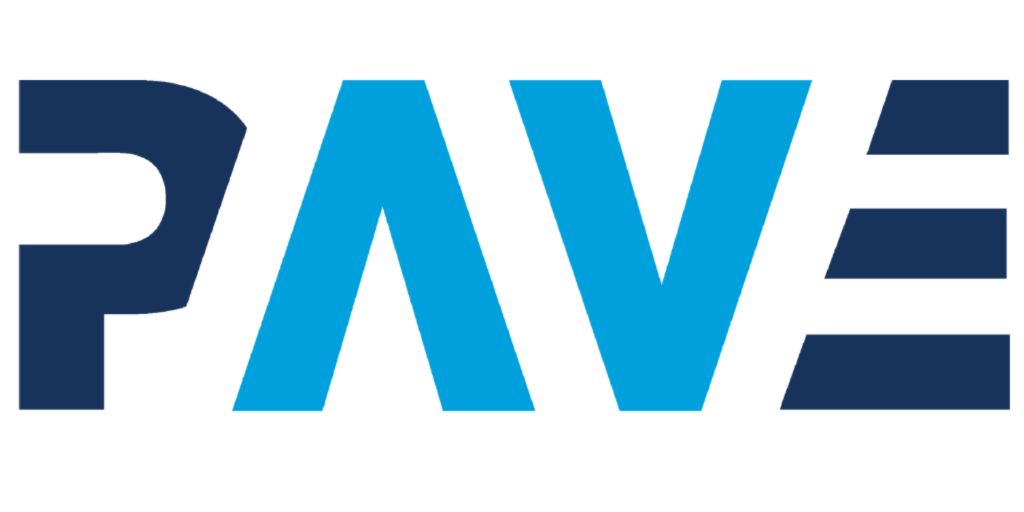A major uncertainty in the diffusion of autonomous vehicles is the split between ownership and automated mobility services. We calculate total cost of ownership and use (TCOU) to compare four alternatives: private manually driven vehicles, private automated vehicles, automated on-demand exclusive use mobility services (ridesourcing) and automated on-demand pooled mobility services (ridesplitting), for both conventional and electric propulsions. We also included potential usefulness of travel time in the driverless vehicles in the TCOU calculations, thus including some of the non-financial factors in travel decision making. While nearly all current studies are limited to comparing average representative trips or mileage of existing vehicles, we calculate TCOUs for every vehicle in the UK National Travel Survey dataset, considering heterogeneity in mileage patterns, trip purposes, time spent driving, value of time, vehicle age, depreciation and other factors between different vehicles. The results suggest that a near-total transition to automated ride services is highly unlikely, since ownership of (automated or manually driven) vehicles continues to be the least-cost option in most cases. Even in the most pro-mobility service test case, ownership remains more cost-effective for one third of the current vehicle fleet. Regression analysis shows that higher income of the main driver, business use of the vehicle, rural location of the household or being the main household vehicle leads to a higher likelihood that automated vehicle ownership will be lower cost compared to automated mobility services. Within automated on-demand ride services, exclusive use services are cost effective for more cases compared to pooled, shared-use type options, with uncertain consequences for future travel demand.


